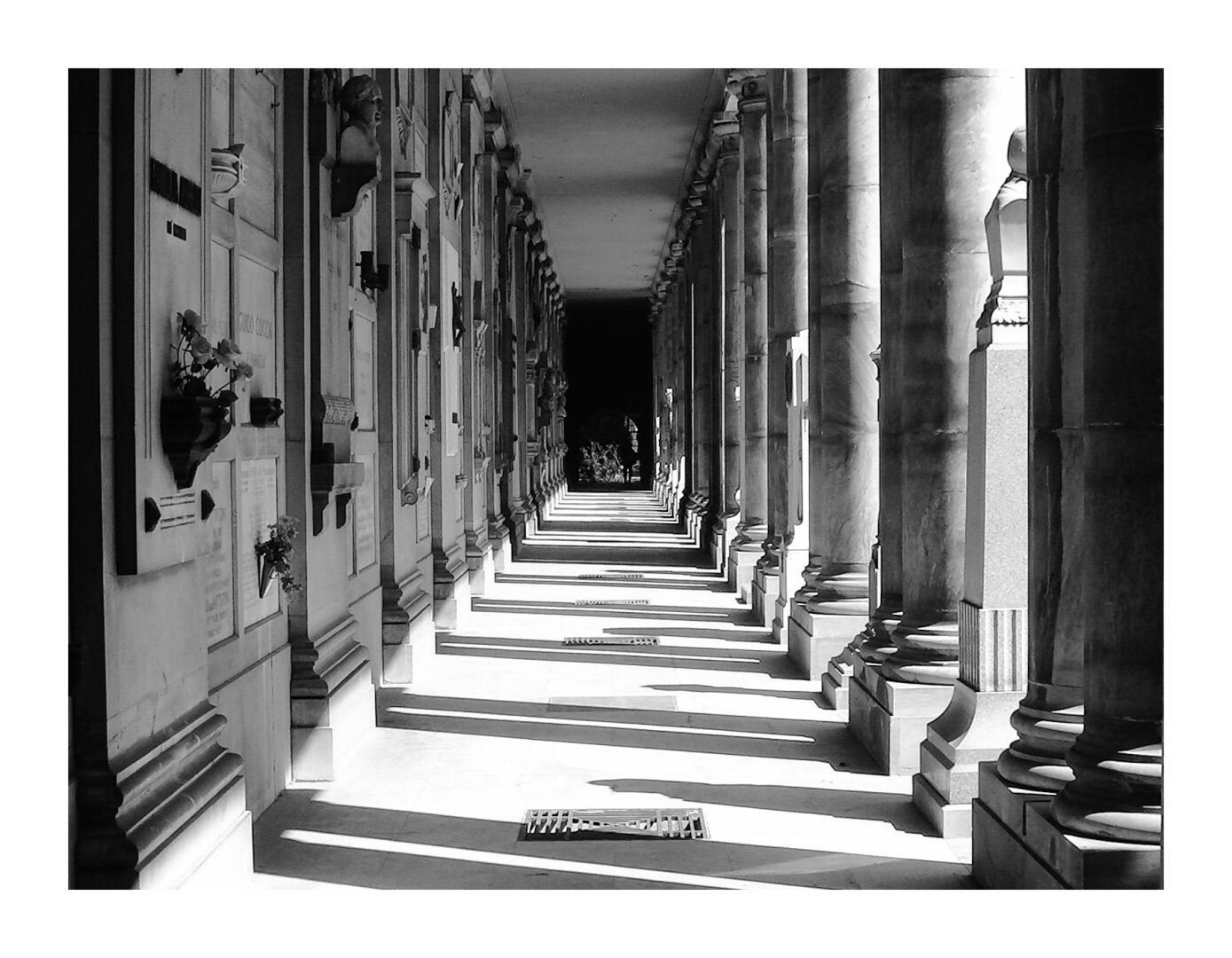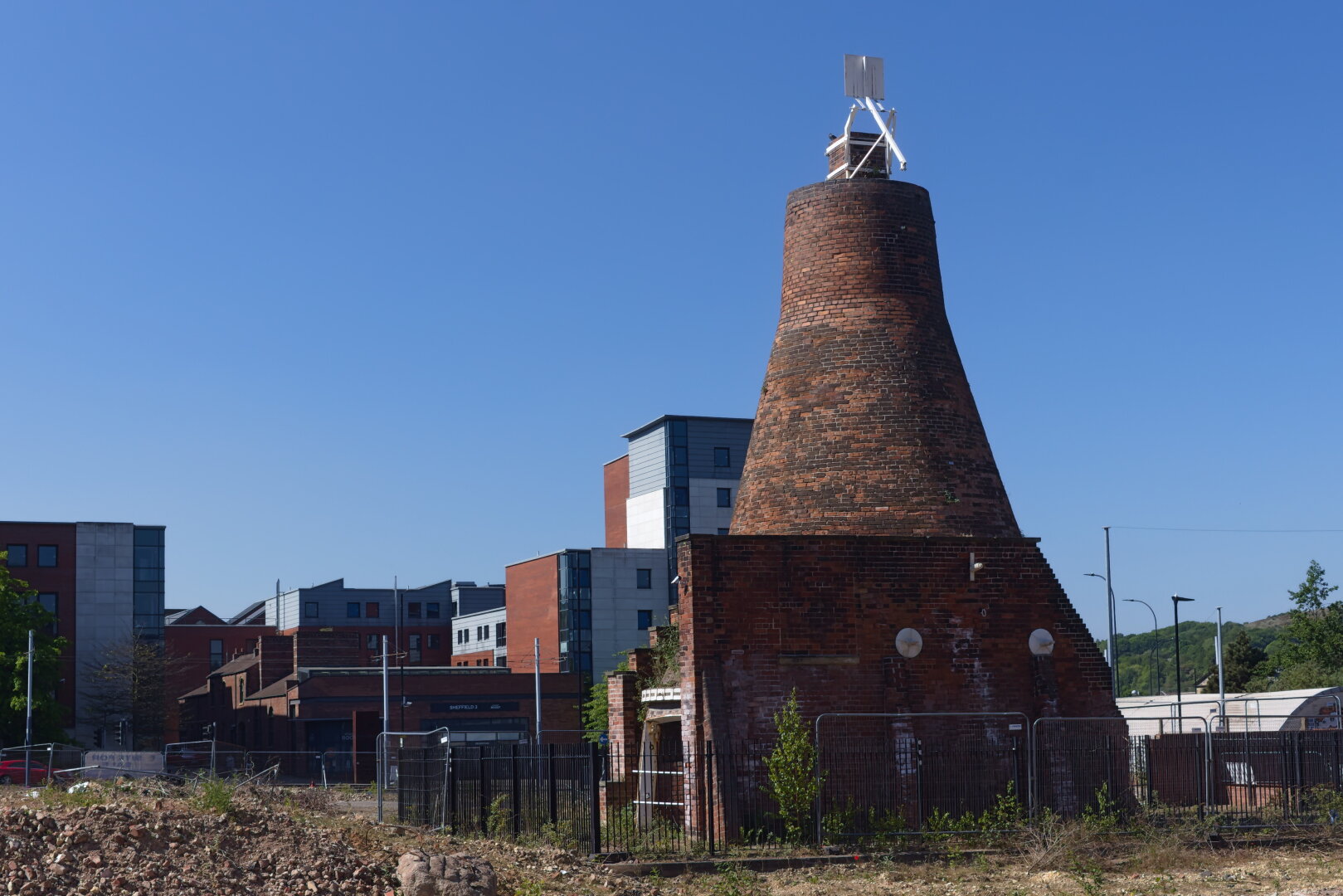The Magic World of Browser's Privacy
While researching for a guide on how to properly write RSpec tests and avoid flaky specs, I once again ran into the growing frustration of modern web searches — cluttered with SEO spam, AI junk, and irrelevant results.
That experience led me to reflect not just on search engines, but also on the browsers we rely on daily. I realized how many of the popular ones are no longer user-friendly — especially when it comes to respecting our privacy and security.
Curious, I dove into the world of alternative browsers. Beyond the better-known options like Brave, DuckDuckGo, and Vivaldi, I discovered lesser-known but powerful tools like the Mullvad Browser — each with its own strengths and trade-offs.
In the link section you will find some of the source I’ve used for this.
Here’s a comparison of these privacy-focused browsers to help you choose the one that fits your needs:
🥇 1. Mullvad Browser
Pros: Maximal privacy — no telemetry or fingerprinting. Based on Tor Browser (without the Tor network). Comes with uBlock Origin preinstalled. Built for anonymity and security.
Cons: Not beginner-friendly. Lacks sync, bookmarks, and convenience features.
🥈 2. Brave
Pros: Built-in tracker and ad blocker. Fingerprinting protection. Supports Tor in private windows. Fast and easy to use.
Cons Controversy on its founder Brendan Eich Promotes its own crypto features. Past controversy: affiliate link injections (2019).
🥉 3. Firefox
Pros: Open source and independent. Strong Enhanced Tracking Protection. Supports uBlock Origin and privacy extensions.
Cons: Needs some customization for maximum privacy. Slightly heavier on system resources.
4. Vivaldi
Pros: Built-in ad/tracker blocker. Highly customizable interface. No telemetry without consent.
Cons: Not fully open source. Based on Chromium.
5. Safari
Pros: Intelligent Tracking Prevention (ITP). Optimized for battery and performance on Apple devices. Good privacy defaults.
Cons: Limited extension ecosystem. Locked into Apple ecosystem.
6. Arc
Pros: Innovative UI with useful features. Ad/tracker blocking supported via extensions. Clean, distraction-free design.
Cons: Closed source and cloud-based account required. Limited transparency on privacy practices.
7. Opera
Pros: Built-in ad blocker and free VPN (proxy). Feature-rich and user-friendly.
Cons: Owned by a Chinese consortium (privacy concerns). VPN is not truly private. Previous involvement in shady Android loan apps.
8. Microsoft Edge
Pros: Integration with Windows security features. Defender SmartScreen protects against phishing/malware.
Cons: Heavy telemetry and data collection. Aggressively pushes Microsoft services. Can override user settings.
9. Chromium (Vanilla)
Pros: Open source, no proprietary Google code. More private than Chrome by default. Customizable for developers.
Cons: No auto updates or media codecs by default. Still leaks some data to Google domains (unless patched).
10. Google Chrome
Pros: Fast, stable, and widely supported. Excellent extension ecosystem.
Cons: Heavy telemetry and user tracking. No built-in tracker or ad blocking. Designed around Google’s ad business.
Things I like - in random order
A Monochrome picture I’ve taken in Bologna at the Certosa, the monumental cemetery.

The last intact cementation furnace in Britain it’s in Sheffield

All the pictures I usually post here are also available in my Pixelfed Ptofile
Today’s Links
- EFF Cover Your Tracks
- Mullvad Browser – Official Site
- Brave Privacy Features
- Firefox Privacy & Security Help
- DuckDuckGo Tracker Blocking
- Vivaldi Browser Privacy
- Safari Features – Apple
- Opera Privacy Policy
- Microsoft Edge Privacy Whitepaper
- Chrome Privacy Whitepaper
- RestorePrivacy Browser Comparison
- Stop Using Opera Browser